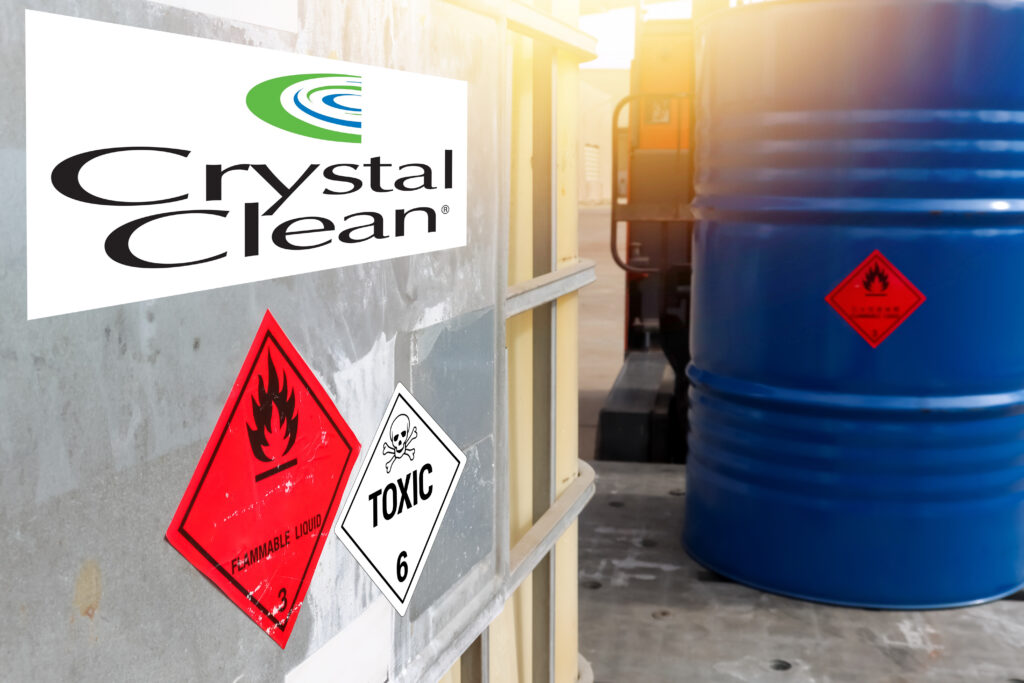May 29, 2024
Proper management of hazardous wastes is critical to keep our environment healthy and protect people’s well-being. When hazardous waste isn’t handled correctly, it can cause serious harm to our environment. There are many details that go into the hazardous waste disposal process to ensure that waste is managed safely. This includes knowing what materials are considered hazardous waste, where they come from, what rules are in place, the proper training for handling, and how waste can be disposed.
What is Hazardous Waste?

Hazardous waste is defined by the Environmental Protection Agency (EPA) as, “a waste with properties that make it dangerous or capable of having a harmful effect on human health or environment.” There are four characteristics that determine if waste is considered hazardous: ignitability, corrosivity, reactivity, and toxicity. There are also certain substances that are classified by the EPA as “listed” that must be treated as hazardous waste.
Hazardous waste can be found in places such as industrial and automotive facilities, hospitals, and even our homes. They can be found in chemical byproducts that exhibit some type of hazardous characteristic. If proper hazardous waste disposal methods are not used then these wastes can pollute our soil, water, and the air we breathe, resulting in harm to people, plants, and animals. Exposure to hazardous waste can lead to different health concerns such as breathing problems, neurological issues, and even cancer. The risk of harm to the environment and people is the reason why hazardous waste disposal requires proper guidance.
The Resource Conservation Recovery Act (RCRA) is a set of regulations created to encourage proper management of hazardous wastes. Any organization that generates hazardous waste is categorized as a hazardous waste generator and has cradle-to-grave responsibility for their waste. Depending on the amount of waste produced, a generator will be classified as a very small quantity, small quantity, or large quantity generator.
These rules determine how much and how long hazardous wastes can be on site and how they must be stored. The EPA also regulates the transportation, storage, recycling, treatment, and disposal methods for hazardous waste disposal. There are many methods of disposal for these types of waste such as supplemental fuel, incineration, and landfill neutralization/stabilization. Each of these methods serve as a safe and effective way to dispose of hazardous wastes.
Why Choose Crystal Clean for Hazardous Waste Disposal?
When looking for a partner to help you safely manage hazardous waste, it is important that they are trained and educated to operate in compliance with regulations for both the safety of the environment around them and their own well-being. Crystal Clean’s team of sales and service representatives are up to date on the latest local, state, and federal regulations, giving you a partner you can trust to safely manage hazardous waste. Our team can help take the hassle out of hazardous waste management, keeping your business in compliance and giving you peace of mind knowing your waste is being handled safely.
Proper hazardous material management is key to protecting the earth’s resources, and Crystal Clean is the name customers trust. We treat hazardous wastes in a variety of methods to meet your business and sustainability goals and are committed to helping your business run cleaner. For more information on these methods please visit our hazardous waste disposal page.